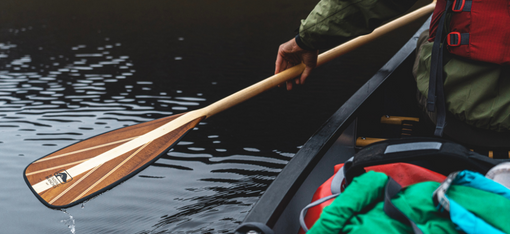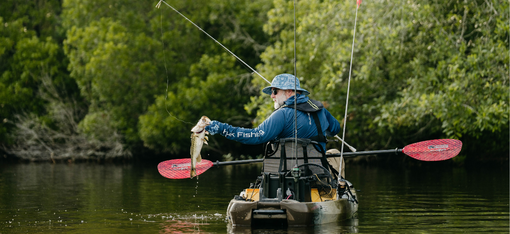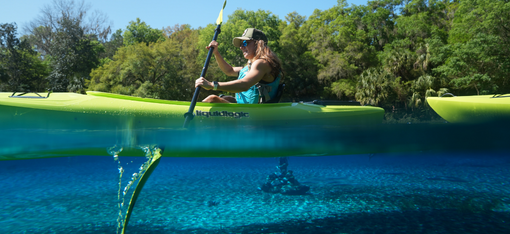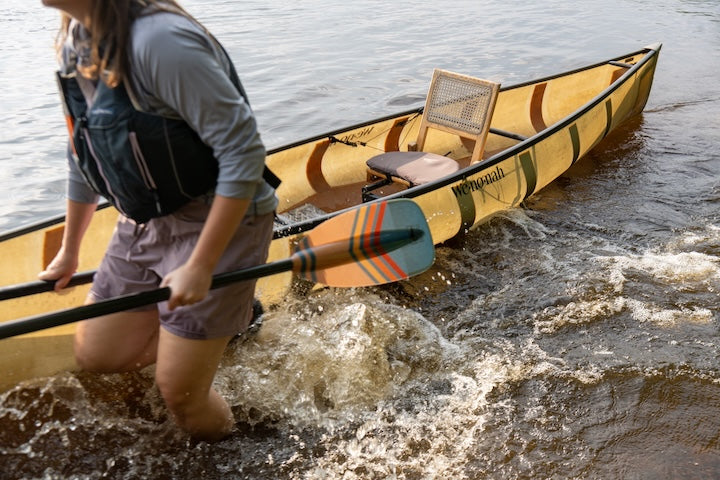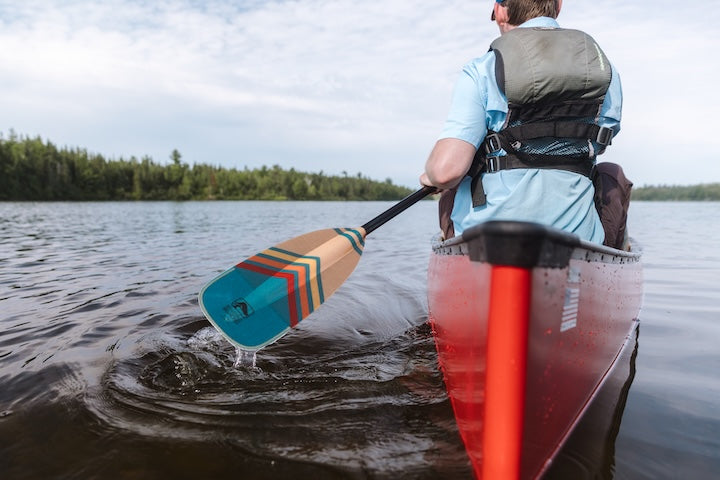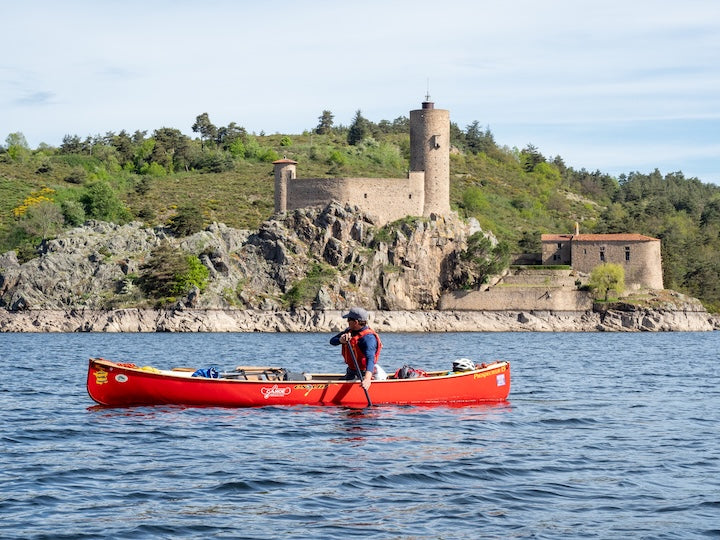Breaking Down an Unknown Lake

I love kayaking because it’s so peaceful, eco-friendly, not to mention the fact that you can sneak up on fish much better than on a boat. I’ve caught more and bigger fish from a kayak than I ever have from a boat.
I tow my kayak using a Malone trailer behind my SUV. Parking on the side of the road to paddle where no motor boat can get access, makes it for a very interesting and productive day on the water catching bigger fish! Solitude and being more in-tune with nature makes the time more enjoyable.

Personally, I own two Jackson Kayaks, 2018 Liska and 2019 Big Rig FD. My go-to kayak for back lakes is the Liska, as it is a lighter kayak. You never know how easy or difficult it will be to get in/out of the water from the side of the road, so taking a smaller, lighter kayak will make your day go more smoothly.
Using Google Earth
I love discovering new bodies of water on Google Earth or talking to close friends. I mostly fish in Ontario around the Calabogie area.
Google Earth has a lot of useful information you can get just by looking at their images. Changes in colour means change in depth like drop-offs. You can also find weed beds, rocky shoals, etc. Now, if that body of water is on Navionics, you can mark areas that may hold fish even before you get to the water. But most importantly, if you follow the contour of the lake/river you want to find areas where you can park your vehicle without obstructing traffic.
Atmosphere Conditions
Air and water temperatures and barometric pressure are also key factors that determine whether the fish will be active or not. Bass tend to be more active in warmer temperatures with low barometric pressure. Now, this doesn’t mean that the fish won’t bite under other circumstances, but you will have to work harder to entice them. Usually slowing down and downsizing your baits can pay great fish-dividends!
By the time I get to a lake I’ll have at least studied it online, but, c’mon, who can actually paddle without making a few casts as soon as you hit the water? If the area screams “bass”, well, you can be sure I’ll be spending a few minutes trying to pin at least one.
Which Bait to Use?
If the lake is not on Navionics I will definitely start paddling. And if I see drop-offs, lay-downs, timber, or grassy patches using my Raymarine Element you can be sure I will be throwing some search baits or flipping some jigs. My strategy is to start using fast-moving baits until I find the “takers” and then slow down my presentation until I figure out what they want that day.
My go-to confidence bait has always been a spinnerbait. You can fish one in almost every situation. You can swim it in open water, bang it against wood, burn it barely under the surface, swim it through vegetation, etc…the options are endless!
Once I find fish, I like using plastics a lot to slow down. I use either a wacky-rigged senko or a texas-rigged craw. The type of cover I’ll be fishing will dictate the type of plastic and presentation I’ll be using.
In order to be successful with any bait, the key is practice-practice-practice! When I started fishing, I would take only one rod and use one presentation during the day. The next day I would take another and so on. I started catching more fish once I had mastered each one.
Here are a few key rules I follow when I hit a back lake:
- PFD on always!
- Before you start fishing or going on paddling trips, practice self-rescue. There are tons of videos online that teach you how to do it. But most importantly, you have to practice on your kayak. You never know when you’re going to need it!
- Share your plans with someone in town, in case you don’t return…knock on wood!
- Bring extra change of clothes in a dry-bag.
- Pack food and drinking water
I hope that this article helps you catch more fish. See you out on the water!




